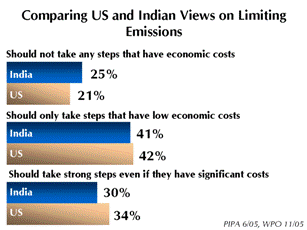Introduction
 India has many new technologies, high-tech weapons and many more. But the question is that, 'Are those made in India?' India buys many technologies from other countries. This will increase the cost of products as they are imported and it will not give any employment opportunities to the people of India. This results in decrease in GDP and thus economy.
India has many new technologies, high-tech weapons and many more. But the question is that, 'Are those made in India?' India buys many technologies from other countries. This will increase the cost of products as they are imported and it will not give any employment opportunities to the people of India. This results in decrease in GDP and thus economy.
Concerning on this issue our honourable Prime Minister Mr. Narendra Modi has introduced a program "Make in India".

Make in India is an initiative program of the Government of India to encourage companies to manufacture their products in India. It was launched by Prime Minister Narendra Modi on 25th September 2014.
Prime Minister Narendra Modi had hinted towards the initiative in his Independence Day speech of 15 August 2014. It was launched on 25 September 2014 in a function at the Vigyan Bhawan.
On 29 December 2014, a workshop was organised by the Department of Industrial Policy and Promotion which was attended by Modi, his Cabinet ministers, chief secretaries of states and various industry leaders.
The major objective behind the initiative is to focus on 25 sectors of the economy for job creation and skill enhancement. Some of these sectors are: automobiles, chemicals, IT, pharmaceuticals, textiles, ports, aviation, leather, tourism and hospitality, wellness, railways, auto components, design manufacturing, renewable energy, mining, bio-technology, and electronics. The initiative hopes to increase GDP growth and tax revenue.
The initiative also aims at high quality standards and minimising the impact on the environment. The initiative hopes to attract capital and technological investment in India.
If this program is implemented correctly India would prosper by 2030. India will then turn from importer to exporter which increases the GDP and thus the economy. This will help the country to win over poverty.
Here is a video showing the benefits of "Make in India"
There are some policies laid down by "Make in India":-
- New Initiatives- The Make in India program includes major new initiatives designed to facilitate investment, foster innovation, protect intellectual property, and build best-in-class manufacturing infrastructure.
- Foreign Direct Investment (FDI)- India has already marked its presence as one of the fastest growing economies of the world. It has been ranked among the top 3 attractive destinations for inbound investments. Since 1991, the regulatory environment in terms of foreign investment has been consistently eased to make it investor-friendly.
- Intellectual Property Facts- The Indian government has taken several initiatives to create a conducive environment for the protection of intellectual property rights of innovators and creators by bringing about changes at legislative and policy level. In addition, specific focus has been placed on improved service delivery by upgrading infrastructure, building capacity and using state-of-the-art technology in the functioning of intellectual property offices in the country. This measure has resulted in sweeping changes in IP administration within the country.
- National Manufacturing- The need to raise the global competitiveness of the Indian manufacturing sector is imperative for the country’s long term-growth. The National Manufacturing Policy is by far the most comprehensive and significant policy initiative taken by the Government. The policy is the first of its kind for the manufacturing sector as it addresses areas of regulation, infrastructure, skill development, technology, availability of finance, exit mechanism and other pertinent factors related to the growth of the sector.











































